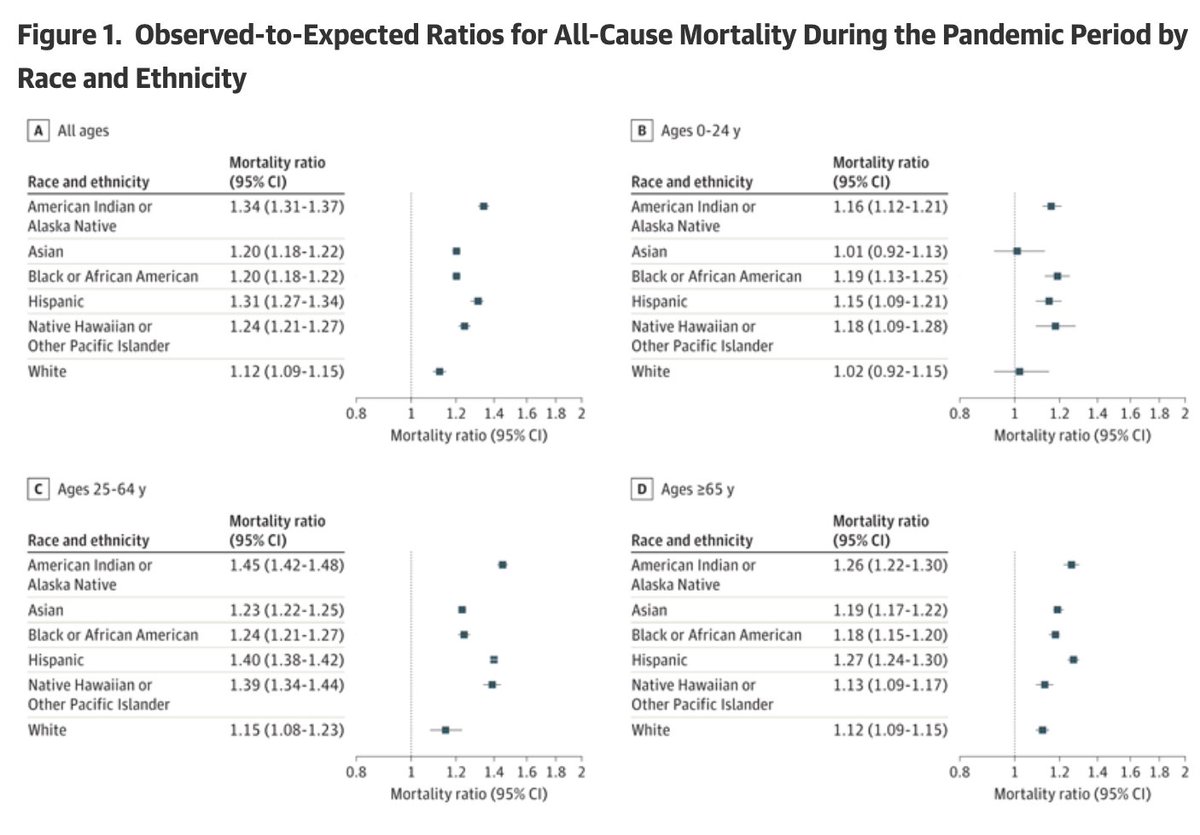"In a college or university setting…entry screening combined with regular serial testing might prevent or reduce transmission of SARS-CoV-2."
CDC Director Dr. Robert Redfield co-wrote this today. Then why did the CDC not recommend entry testing?
jamanetwork.com/journals/jama/…
CDC Director Dr. Robert Redfield co-wrote this today. Then why did the CDC not recommend entry testing?
jamanetwork.com/journals/jama/…
"COVID-19 risks to college students and staff and their surrounding communities are inevitably intertwined. Coordination of mitigation measures including robust testing both on and near campuses will be essential for reducing or preventing transmission."
Experts like @CT_Bergstrom have argued months ago that entry testing of all students would be necessary for college reopenings and that the CDC’s recommendation to not test all on entry was wrong. Now it seems Dr. Redfielf admitted his mistake.
chronicle.com/article/the-cd…
chronicle.com/article/the-cd…
*Redfield.
• • •
Missing some Tweet in this thread? You can try to
force a refresh


















